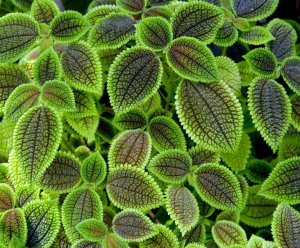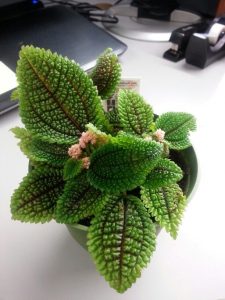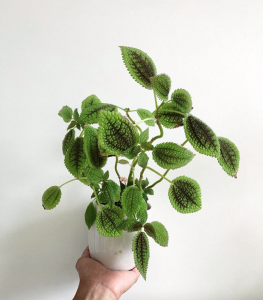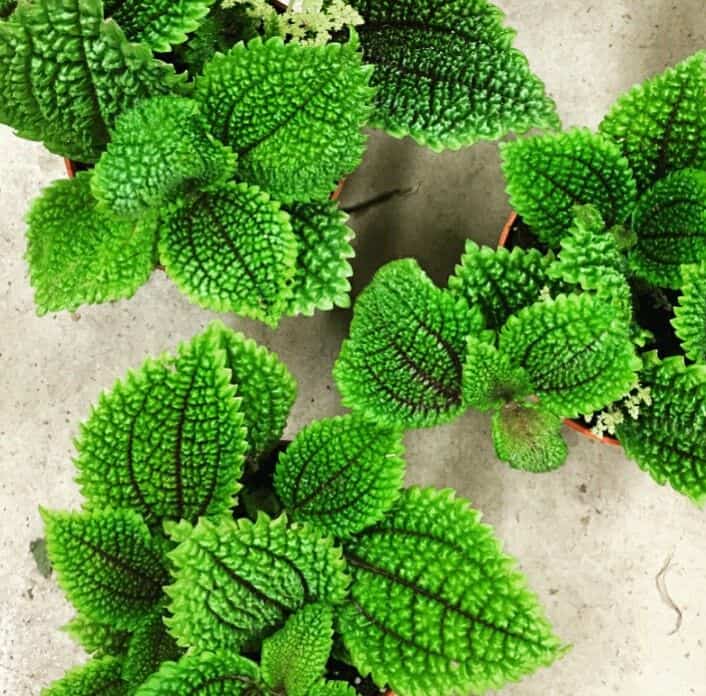Friendship plants, also known as Pilea involucrata, are popular indoor plants with beautiful leaves that resemble tiny watermelons. They are relatively easy to care for and can thrive in a range of indoor environments. However, like all plants, they can encounter problems that may hinder their growth or cause them to wither. In this article, we will discuss some common problems with friendship plants and how to solve them.

Understanding the Friendship Plant
Before we dive into the common problems with friendship plants, let's first understand the plant itself. Friendship plants are native to Central and South America and can grow up to 12 inches tall. They have light green leaves with dark green veins that are oval in shape and can grow up to 4 inches long. The leaves of the friendship plant are its most striking feature, with their unique texture and bright green color.
Friendship plants are relatively low maintenance and can be grown in a variety of indoor settings. They require indirect sunlight and moderate watering, making them an excellent choice for those looking for a plant that is easy to care for.
Common Problems with Friendship Plants
- Overwatering Overwatering is a common problem with friendship plants. When the plant is overwatered, its roots become waterlogged, which can lead to root rot. Signs of overwatering include yellowing leaves and a drooping appearance. To solve this problem, reduce watering and allow the soil to dry out between watering sessions.
- Underwatering Underwatering is another common problem with friendship plants. When the plant is underwatered, it can cause the leaves to turn brown and dry out. To solve this problem, water the plant thoroughly and ensure that the soil remains moist but not waterlogged.
- Lack of Humidity Friendship plants thrive in humid environments, and if the air is too dry, it can cause the leaves to dry out and curl. To solve this problem, you can mist the plant regularly or place a humidifier nearby to increase the humidity level in the room.
- Pests Friendship plants can attract pests such as spider mites, mealybugs, and scale insects. These pests can cause damage to the leaves, and in severe cases, they can kill the plant. To solve this problem, you can wipe down the leaves with a damp cloth or use an insecticidal soap to kill the pests.
- Lack of Light Friendship plants require indirect sunlight to thrive. If the plant does not receive enough light, it can cause the leaves to turn yellow and drop off. To solve this problem, move the plant to a brighter location or consider using a grow light.
- Fungal Diseases Fungal diseases such as powdery mildew and leaf spot can affect friendship plants. These diseases can cause the leaves to develop white spots or turn brown and fall off. To solve this problem, you can treat the plant with a fungicide or remove the affected leaves.

Conclusion
In conclusion, friendship plants are relatively easy to care for and can thrive in a range of indoor environments. However, like all plants, they can encounter problems such as overwatering, underwatering, lack of humidity, pests, lack of light, and fungal diseases. By understanding these common problems and their solutions, you can help your friendship plant thrive and maintain its beautiful appearance.

FAQs
- Can friendship plants survive in low light? While friendship plants require indirect sunlight, they can survive in low light conditions. However, they may not grow as quickly or develop as many leaves as they would in a brighter location.
- How often should I water my friendship plant? Friendship plants should be watered when the top inch of the soil is dry. Depending on the humidity and temperature in your home, this can range from once a week to once every two weeks.
- Can I propagate my friendship plant? Yes, friendship plants can be propagated by taking stem cuttings and rooting them in water or soil.
- How do I increase humidity for my friendship plant? You can increase humidity for your friendship plant by misting it regularly, placing a tray of water nearby, or using a humidifier.
- How do I prevent pests from infesting my friendship plant? To prevent pests from infesting your friendship plant, regularly inspect the plant for signs of infestation, isolate new plants before introducing them to your collection, and maintain good plant hygiene by cleaning the leaves and soil regularly.

